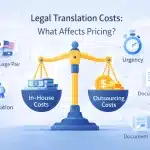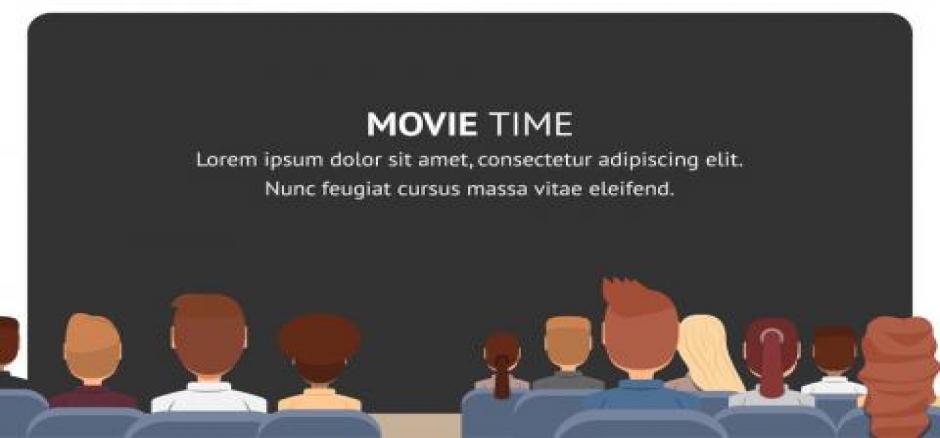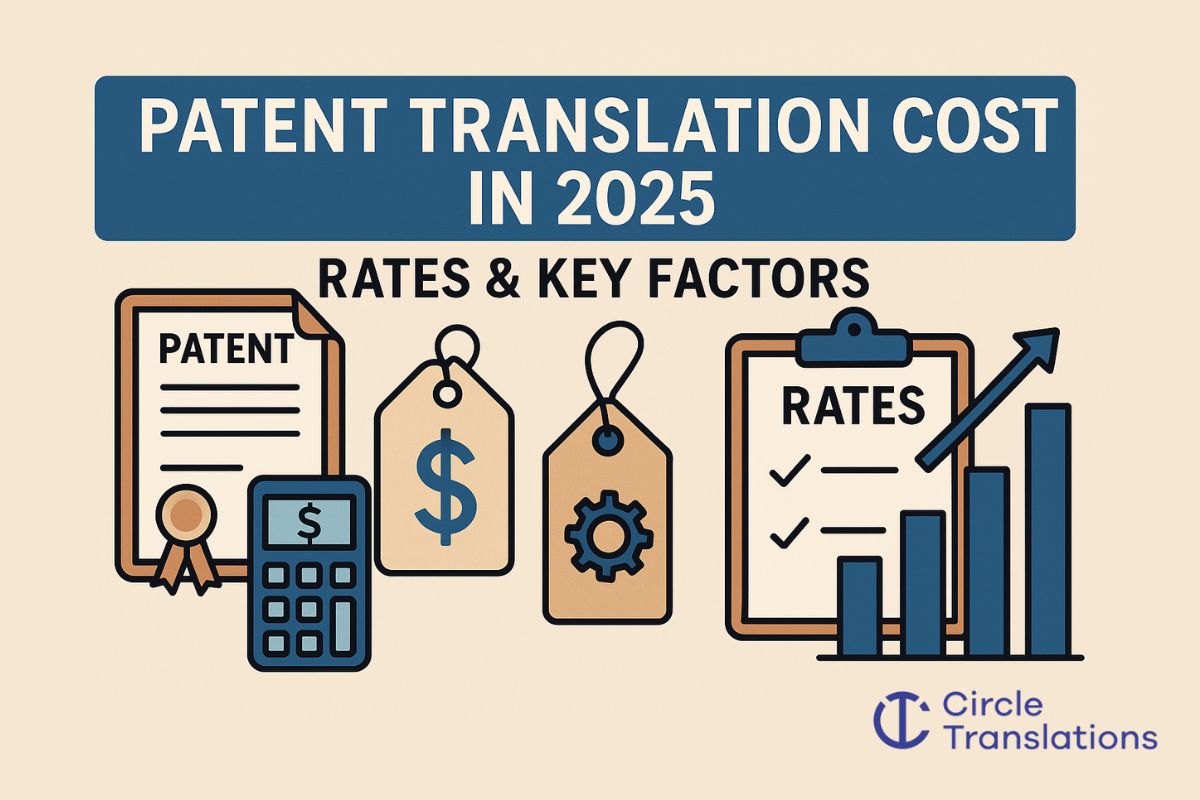Sometimes understanding what’s being said in a video is difficult. Captions and subtitles can help here! Whether you put ‘Open Captions’ or ‘Closed Captions’ in your video content, they both serve the same purpose of providing accessibility to a larger audience.
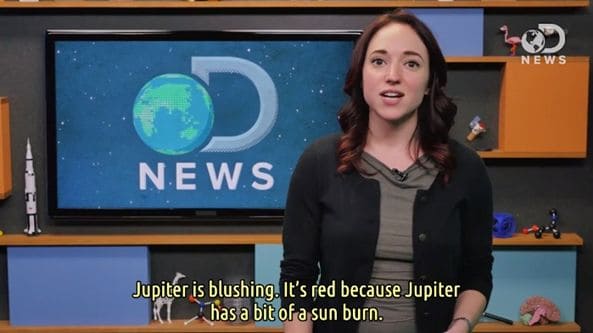
No matter why you are having a hard time interpreting the audio of a video, the captions provided are a big help. So, if you have hearing problems, don’t understand the accent, or are in a situation where you can’t turn up the volume, the open captions or closed captions will be your saving grace!
But which caption is better? Let’s compare the closed captions vs. open captions!
Open Captions
The captions in videos and movies that are burned into the video are called open captions. They can’t be turned on or off because the video creator chose to show them on screen without giving the user/viewer any control.

Benefits of Open Caption
- Viewers with problematic devices don’t have to go to the ‘Settings’ to turn on the captions.
- Open captions also provide ease to viewers who have shaky hands from diseases like arthritis or old age; they won’t fear pressing something else while trying to open captions.
- It is also easier for the video creator as the captions are burned into the video, and they don’t have to go through the ordeal of creating a separate file.
- Closed captions require decoders to be available globally, whereas open captions are available without any decoder.
- Disadvantages of Open Caption
Some small disadvantages of open captions include:
- If some users don’t want captions in their videos, they don’t have the option to turn them off.
- Since open captions are directly burned into the video; therefore, the quality of the video and captions is tied together. If you have a blurry video, the captions will also become blurred automatically, making it difficult to read.
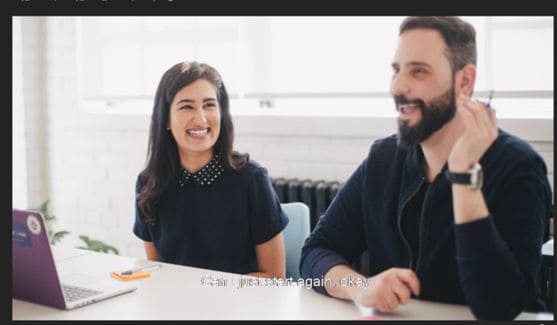
Subtitles

Professional and Accurate Subtitle Services for your Videos.
- Video subtitles specifically tailor-made for improving accessibility.
- Using highly experienced subtitlers with years of industry experience.
- Professionally written and expertly timed.
Translation

We help the world’s top companies translate their content in over 73 languages!
- We localize content for internet websites, games, travel, cryptocurrencies, and more
- Expand your global audience by adding different languages.
- We work only with qualified translators and experienced content creators
Audio translation

Ensuring full accessibility for Blind and visual impaired audiences.
- Visual descriptive events as they occur in the video.
- Working with top audio describers to perfectly describe what is happening on-screen
- Professional sound recording.






